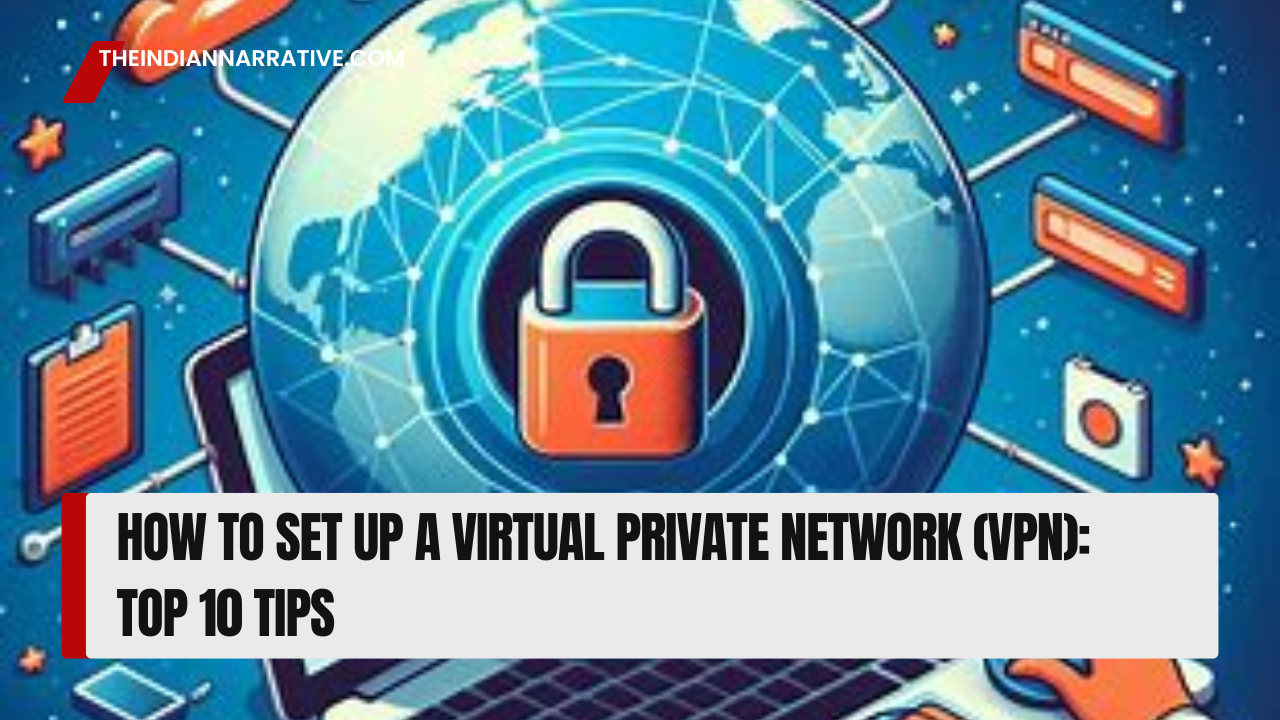Setting up a Virtual Private Network (VPN) can significantly enhance your online security and privacy. Whether you want to access restricted content or protect your data from prying eyes, a VPN is an essential tool. Here are ten tips to help you set up a VPN effectively.
1. Choose the Right VPN Provider
Select a reputable VPN provider that offers strong encryption, a no-logs policy, and reliable customer support. Research user reviews and expert recommendations to make an informed choice.
External Link: How to Choose a VPN

2. Check for Compatibility
Ensure that the VPN service you choose is compatible with your devices and operating systems, such as Windows, macOS, Android, and iOS.
External Link: Device Compatibility
3. Install the VPN Application
Download and install the VPN application from the provider’s official website or app store. Avoid third-party sources to minimize the risk of malware.
External Link: Installing a VPN
4. Sign Up for an Account
Create an account with your chosen VPN provider. This typically involves providing an email address and selecting a payment plan that suits your needs.
External Link: Creating a VPN Account

5. Configure VPN Settings
Open the VPN app and configure the settings according to your preferences. You can usually select the protocol (e.g., OpenVPN, IKEv2) and enable features like kill switch and split tunneling.
External Link: Understanding VPN Protocols
6. Connect to a Server
Choose a server location based on your needs—whether it’s for streaming content, improving speed, or accessing geo-restricted websites. Click “Connect” to establish a secure connection.
External Link: Choosing a VPN Server

7. Test Your VPN Connection
After connecting, test your VPN to ensure it’s working properly. You can check your IP address to confirm it matches the server location you selected.
External Link: Testing Your VPN
8. Use the VPN Regularly
For optimal security, use your VPN consistently, especially when connecting to public Wi-Fi networks. This helps protect your data from potential threats.
External Link: VPN Safety Tips
9. Update the VPN Software
Keep your VPN application updated to benefit from the latest security features and improvements. Regular updates help protect against vulnerabilities.
External Link: Why Updates Matter

10. Understand the Limitations
Be aware that while a VPN enhances your security, it’s not a complete solution. Practice safe browsing habits and avoid sharing sensitive information.
External Link: VPN Limitations Explained
Conclusion
Setting up a VPN is a straightforward process that can significantly enhance your online privacy and security. By following these tips, you can effectively establish a VPN that meets your needs and keeps your data safe.





Be First to Comment